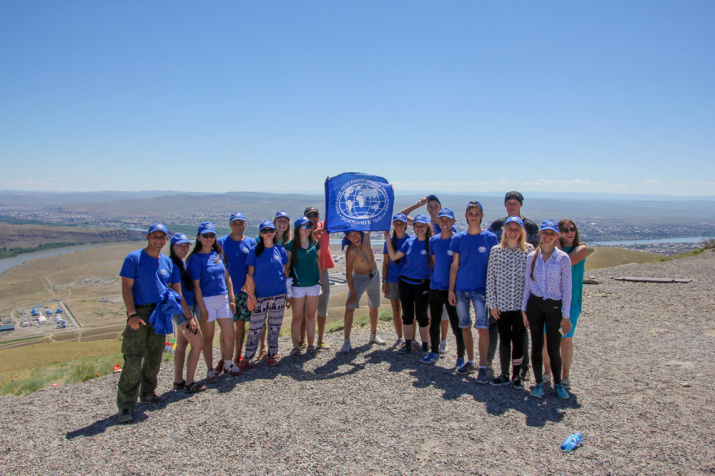FIELD SEASON - 2018. RESULTS
45 scientists from the Institute of Material Culture History of the Russian Academy of Sciences and 90 volunteers participated in the archaeological and geographical expedition of the RGS "Tunnug". Among them are young people from Russia, USA, Canada, Great Britain, Latvia, India, Ecuador and other countries.
The periphery of the kurgan was investigated in the first field season. In particular, the experts found that the burials around the kurgan are not divided into parts, as expected, but solid. The graves, that were discovered, belong not only to the Scythian period, but also to a later time, up to the Middle Ages.
The finds are still lowly - knives, arrowheads, pottery fragments, the Chinese coin and other artifacts belonging to the early Middle Ages - a later time than the kurgan itself. Similarly, the graves do not refer to the period of the Scythians and the Xiongnu, but to the medieval Chinese civilization. It turns out that around the kurgan after the mound are burial places of almost 1.5 thousand years. These were the graves of the most famous, worthy and rich representatives of different nations. The scientists did not encounter anything similar on the kurgans studied in this area previously.
One of the mysteries is where does the stonework throughout the entire archaeological site come from? Was the kurgan originally built in a swamp on an artificial embankment or did the area become marshy later?
“The stone structures fill the entire area around the kurgan”, says Timur Sadykov, the expedition's scientific leader and senior researcher at the Institute of the History of Material Culture of the Russian Academy of Sciences. – “In most cases, these are ritual purpose buildings, memorials and additional burials. One of the objects is of over a thousand square meters.”
Photos are provided by members of the expedition to study the Tunnug Kurgan


